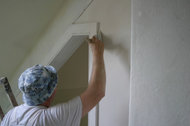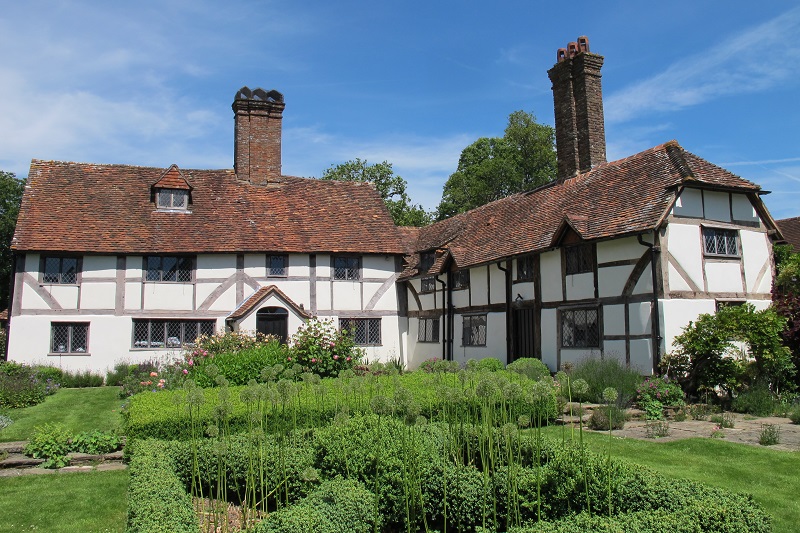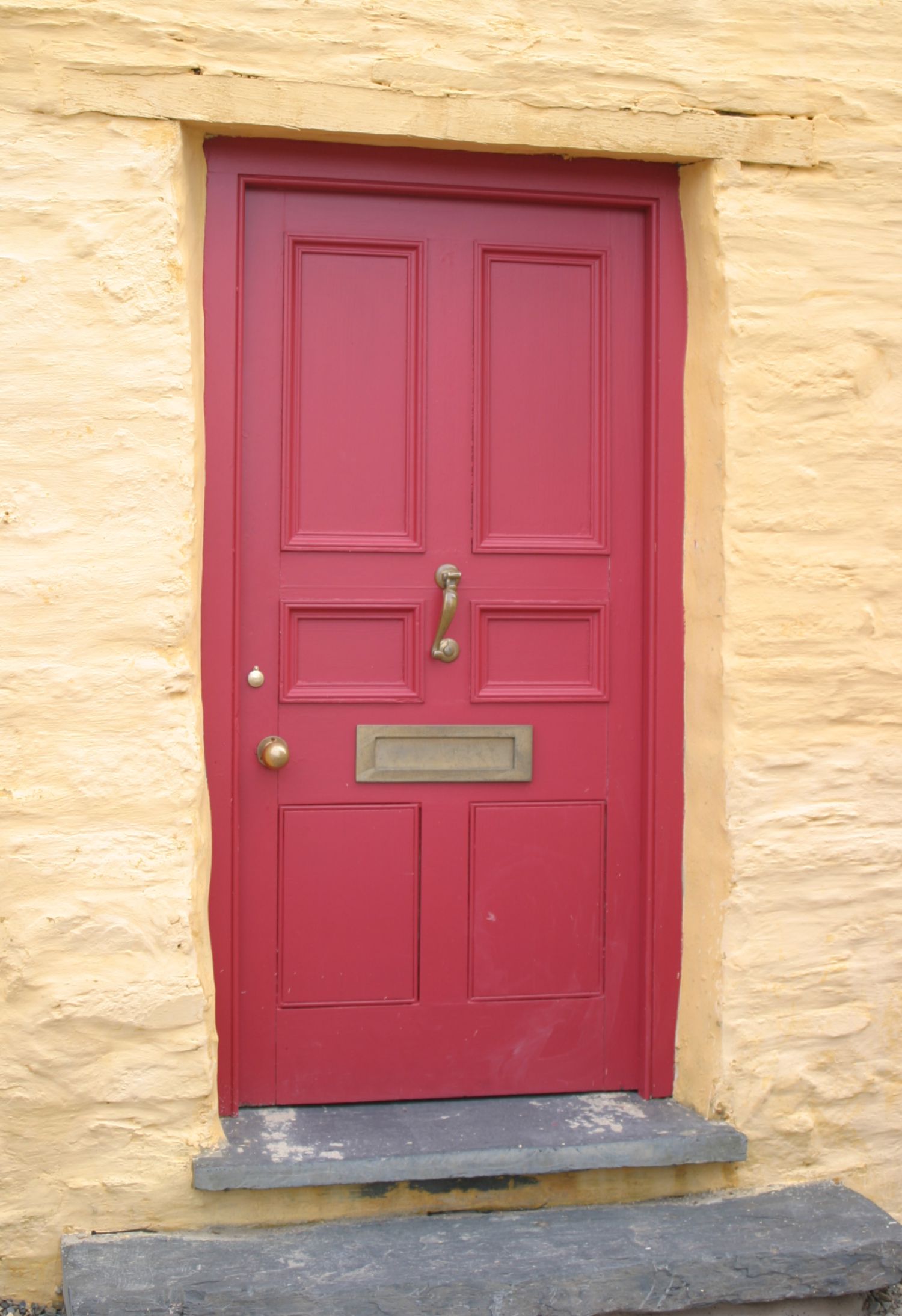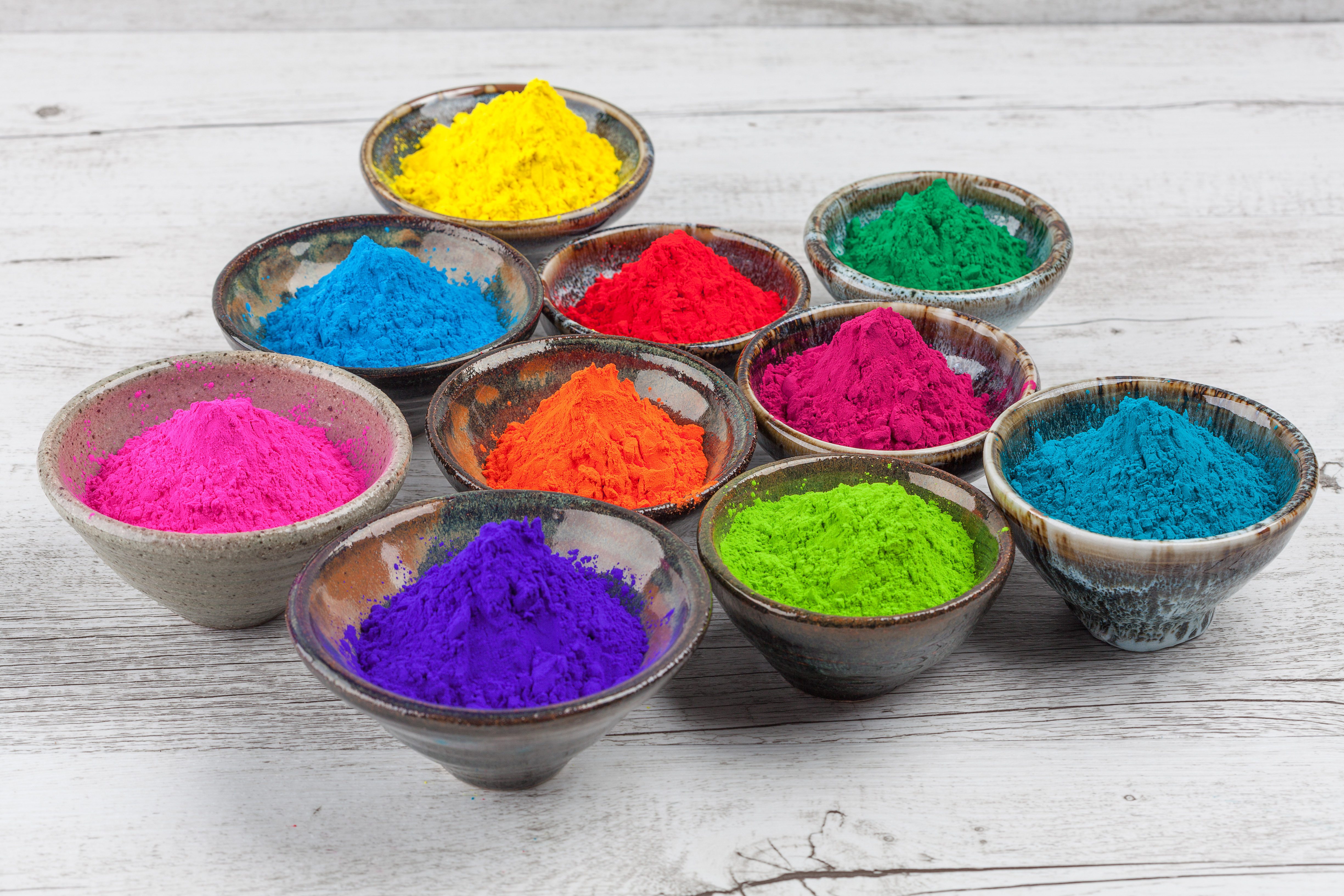Painting with Limewash Paint
Posted by Celtic Sustainables on 1st May 2020
Limewash is a traditional paint which has been used for thousands of years. You can use it inside and out to finish the lime work on your home. Limewash can be used over your lime plaster or render, or on any brick or masonry pointed with lime mortar. It is a breathable paint so it lets water vapour out of the walls, alongside being virtually VOC helps promote a healthy living environment.
What does limewash look like?
Limewash has a natural, matt finish and has a depth which lots of modern paints lack. Because limewash contains very small crystals, it even looks to glow in the sun because it reflects the light. When it’s wet, limewash gets darker. This is fun to watch in the rain, but also it can help you spot any leaks as darker patches of limewash can indicate problem areas where moisture is retained.
The Natural colour of Limewash is a beautiful natural white. However you can add a splash of natural colour to your walls with the addition of a natural pigment. The pigment needs to be added to the mix before the paint is put on the walls, at a ratio of around 20:1 for most jobs.
Take a look at our limewash pigment page to see the beautiful rich tones of colour you can get with the addition of some of our most popular pigments - Limewash Paint Colours
How to make limewash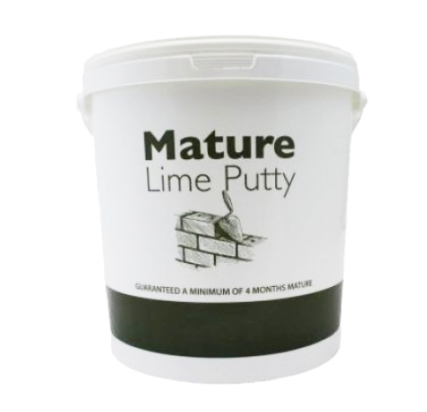
The easiest way to make a limewash is to simply start by mixing equal amounts (by volume) of lime putty and water e.g 10 litres of water with 10 litres of putty. You can then add more water until you reach a suitable consistency. You are looking to achieve a thin paint consistency like single cream.
If you want to add colour to the limewash, we recommend using natural powdered pigments such as the Coloured Earth Natural range. Mix the pigment with a small amount of warm water to create a smooth paste, ensuring that all of the pigment is wet and then add the coloured paste to the limewash. A maximum ratio of 10 parts limewash to 1 part pigment paste is recommended. Exceeding this amount is not recommended as it can create a weakness in the structure of the lime mortar.
Unpigmented limewash is clear when applied. It only turns white as it cures. Similarly a coloured limewash will be dark on application and will finish a lot lighter. It is recommended to do some tests first, to get an idea of the finished colour.
Another method is to create a 'hot' limewash with Quicklime. We don't recommend this for unexperienced painters, as mixing quicklime lime with water (known as slaking lime) sets off a temporary but violent chemical reaction which produces a lot of heat. Using this method, you need to be very careful not to touch the mixture or let it splash onto your skin and you must use a container which will not melt or be otherwise damaged by the heat. This option is the cheaper of the two at roughly £15 per 25kg bag, but is a little more difficult to perfect and can be dangerous.
Making limewash with lime putty and water avoids any chemical reactions as these have already taken place in the manufacture of the putty. You will still want to avoid any contact between your skin and the caustic limewash, but there won’t be any need to worry about heat burns. This option is slightly more expensive at roughly £15 per 20kg tub, but is the easier of the two.
It is important to continually stir the limewash during application, as the lime particles will have a tendancy to quickly settle to the bottom of the container.

An alternative option is to go for St Astier's limewash paint.
How much Limewash do I need?
Limewash is very economical, and will cover a lot of wall for your money. A 25kg tub of lime putty will make enough limewash to cover around 120 - 150m2 in 1 coat.
You will need to apply approx 5 coats to external walls so you can expect to be able to finish around 25-30 m2 metres with one tub.
Painting with limewash
Painting with limewash takes some care. Limewash is caustic, so to avoid any burns or irritations make sure you’re well-covered with glovesand a pair of goggles as well as clothes you don’t mind splashing. If you do get any paint on your skin, wash it off quickly.
Use a good paintbrush to apply the limewash, as using a paint roller can create a rough, uneven surface.
Paint with limewash when the weather isn’t too dry or too wet. Too dry will mean getting dust in your mix, and too wet is no good either. However, you do want a little dampness on the wall before painting so use a hand-spray to spritz the wall as you go.
For limewash to stick, it relies on suction between itself and the wall’s surface. It copes very well with natural materials like lime renders and plasters, stone, or brick, but it won’t work so well with modern materials and finishes.
You might have to give limewash a hand with binding in very exposed places. Use additives such as casein, tallow, or linseed oil if needs be, but bear in mind that this will lower the breathability of the paint a little.
Invaluable in the restoration of older buildings, and equally beneficial to new-build projects, it is the ideal choice for many building applications.
It’s flexible - Unlike modern cement based products, lime has a certain amount of flexibility, allowing it to cope with a building’s movements, without cracking. Frost damage in walls is the result of water held in the masonry expanding and contracting as it freezes and then thaws. Mortars and renders made from lime do not set too hard, so In the event of this expansion, it is the lime mortar that will be affected, not the brick or stone. Harder, cement based mortars will not move, the stone or brick has to give, which can lead to ‘blown’ faces and cracked masonry. Subsequently, it is more economical to re-point the lime mortar than it is to remove and replace the damaged masonry.
It’s mould resistant - Due to the High PH of lime products (12-13), they are a natural biocide, which means they do not promote the growth of mould.
Want to add a splash of colour to your lime mortars and plasters?
A wide range of natural and synthetic pigments are available from Celtic Sustainables.
All of the colours in the Coloured Earth Naturals range can be used with lime.
[Originally published June 2018, updated May 2020]

